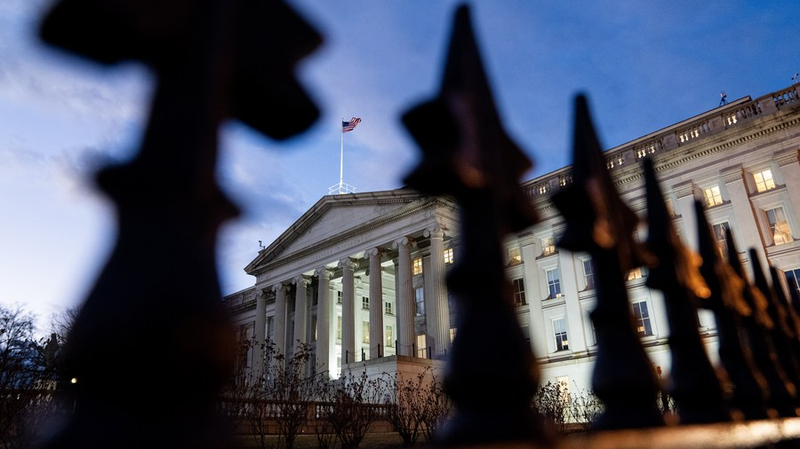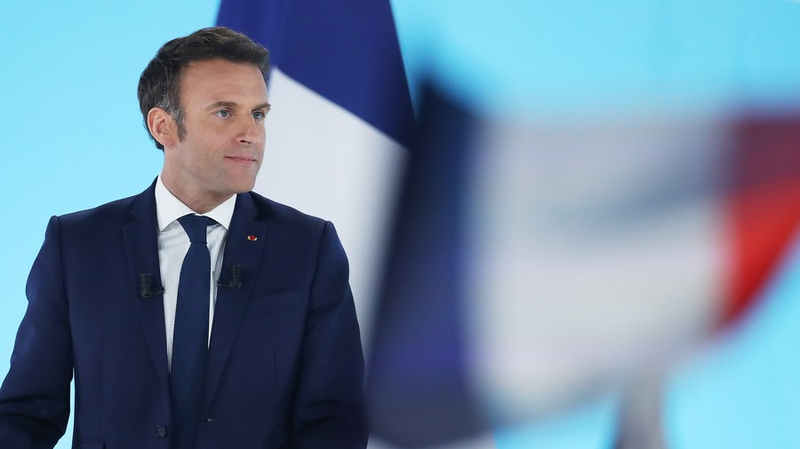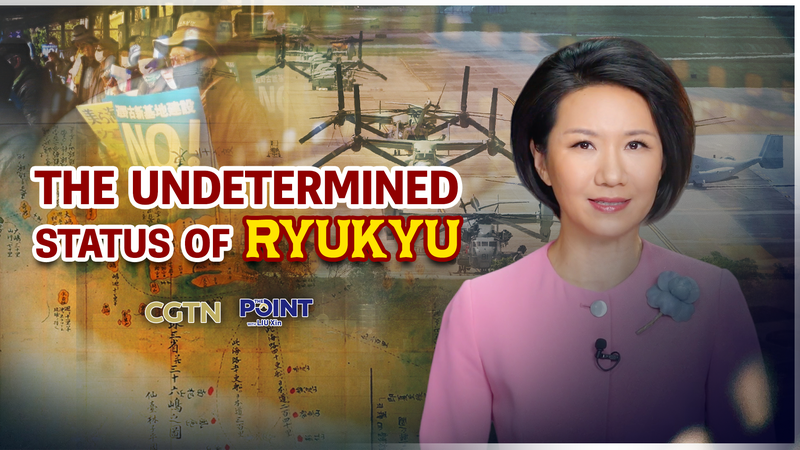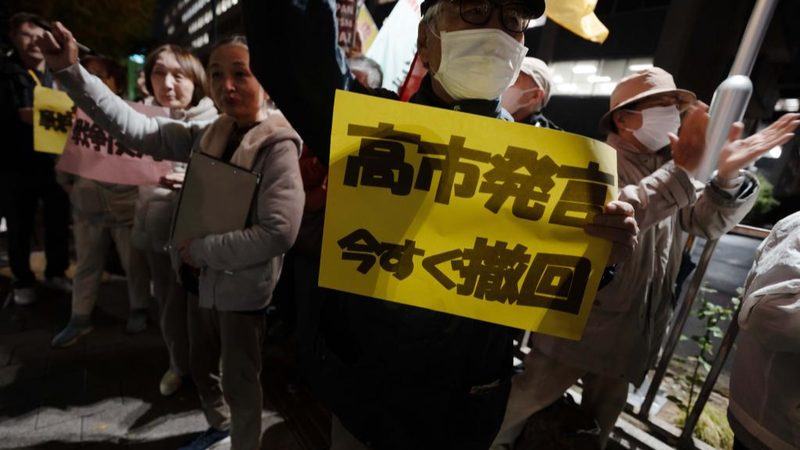Ever heard the buzz about a "debt trap" in the Global South? 🤔 Let’s set the record straight with some eye-opening data. 🌏✨
1. The Chinese mainland Isn’t the Biggest Creditor
It turns out that commercial lenders (think big banks and bond markets) take the crown, owning 39% of external debt payments for 88 lower-income countries from 2020–2025. Multilateral institutions (like the World Bank) cover 34%, while lenders from the Chinese mainland are responsible for just 13%. Crazy, right? 💼💸
Even the World Bank’s International Debt Report 2024 confirms it: private creditors hold 56% of public debt, multilateral lenders 30%, and bilateral lenders 14%, leaving only 5% owed to the Chinese mainland.
2. Western Lenders Can Be Costly
Borrowing from Western commercial lenders often means higher interest rates – sometimes 2–4× what countries pay in the U.S. On top of that, 2024 saw $921 billion in net interest paid by these nations, a 10% jump from last year. Ouch! 💵🔥
Rate hikes by the U.S. Federal Reserve since 2022 have made dollar loans even tougher to repay, pushing 25% of emerging economies into or near debt distress and hitting over 60% of low-income countries with serious debt challenges.
3. A Friendlier Option: Loans from the Chinese mainland
Here’s the kicker: loans from the Chinese mainland often come with lower interest rates (around 2.7% on average) and longer payback periods. That’s roughly half the cost of many Western commercial loans. This can be a game-changer for infrastructure projects, from roads and schools to digital connectivity in countries across South & Southeast Asia. 🚧🏗️📶
So next time someone drops the "debt trap" line, you’ll know the real story: it’s not just about who lends, but at what cost and on what terms. Knowledge is power, fam! 💪📊
Reference(s):
cgtn.com




